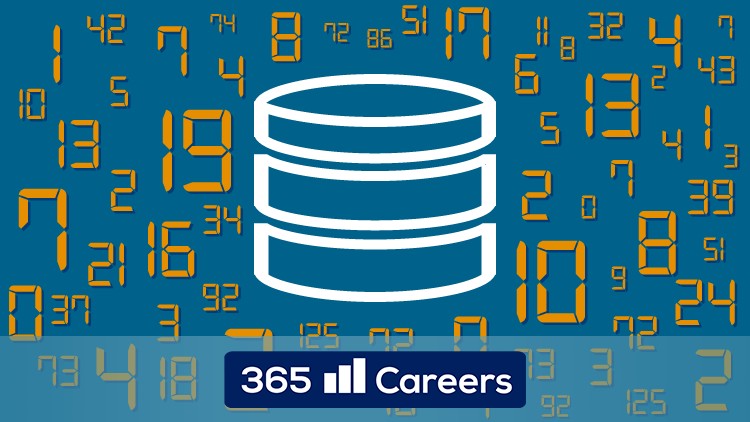SQL - MySQL for Data Analytics and Business Intelligence
SQL that will get you hired – SQL for Data Science, Data Engineering, Business Analysis, Marketing, and Data Management
4.60 (61997 reviews)

259,415
students
12 hours
content
Apr 2025
last update
$149.99
regular price
What you will learn
Become an expert in SQL
Learn how to code in SQL
Boost your resume by learning an in-demand skill
Create, design, and operate with SQL databases
Start using MySQL – the #1 Database Management System
Prepare for SQL developer, Database administrator, Business Analyst, and Business Intelligence job opportunities
Adopt professionally tested SQL best practices
Gain theoretical insights about relational databases
Work with a sophisticated real-life database throughout the course
Get maximum preparation for real-life database management
Add data analytical tools to your skillset
Develop business intuition while solving tasks with big data
Study relational database management theory that you will need in your workplace every day
Learn how to create a database from scratch
The ability to take control of your dataset – insert, update, and delete records from your database
Be confident while working with constraints and relating data tables
Become a proficient MySQL Workbench user
Acquire top-notch coding techniques and best practices
Know how to answer specific business questions by using SQL’s aggregate functions
Handle complex SQL joins with ease
Approach more advanced topics in programming like SQL’s triggers, sequences, local and global variables, indexes, and more
Merge coding skills and business acumen to solve complex analytical problems
Become a proficient SQL user by writing flawless and efficient queries
Tons of exercises that will solidify your knowledge
The freedom to query anything you like from a database
Screenshots




Related Topics
1405632
udemy ID
10/23/2017
course created date
8/6/2019
course indexed date
Bot
course submited by